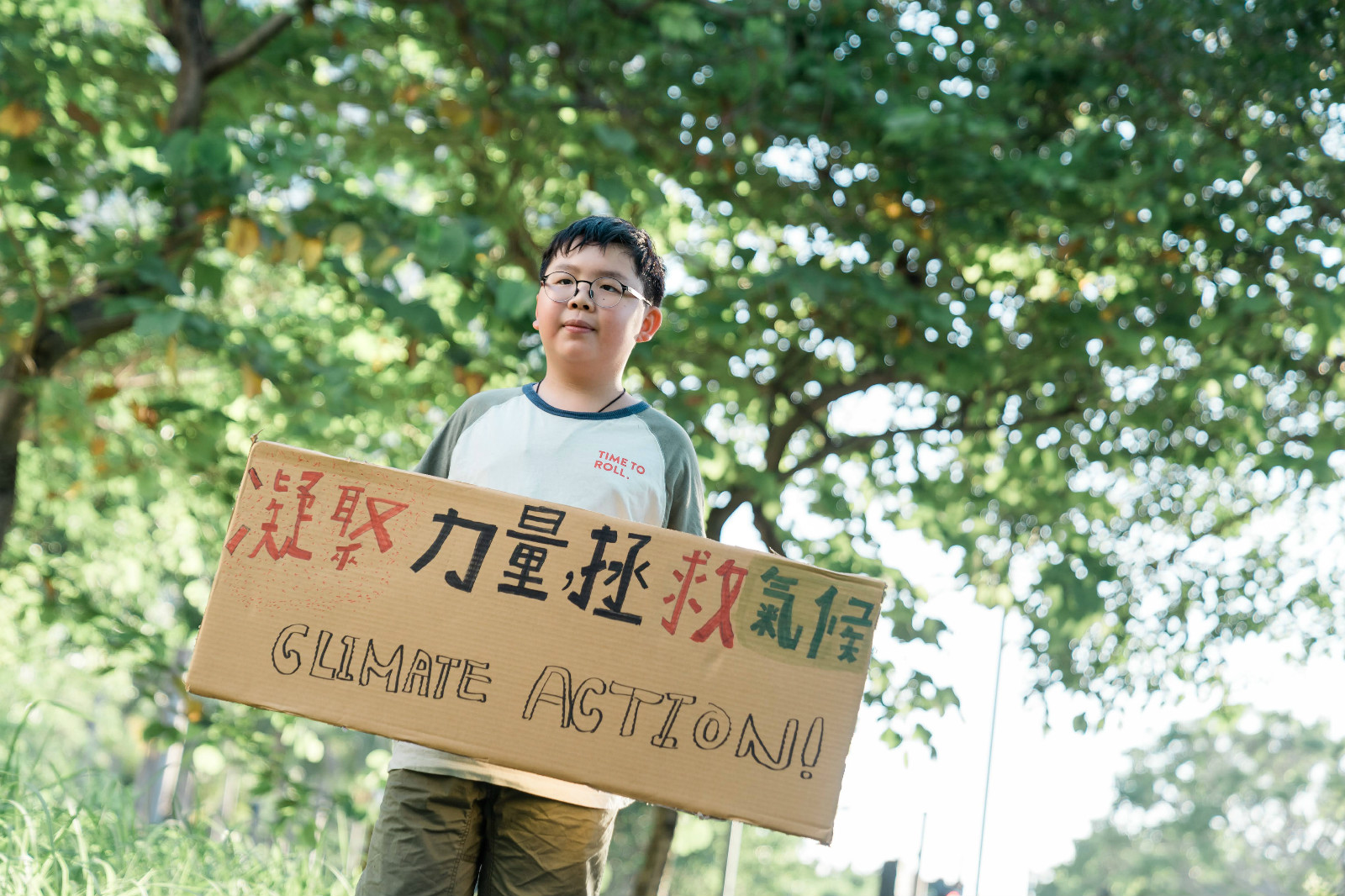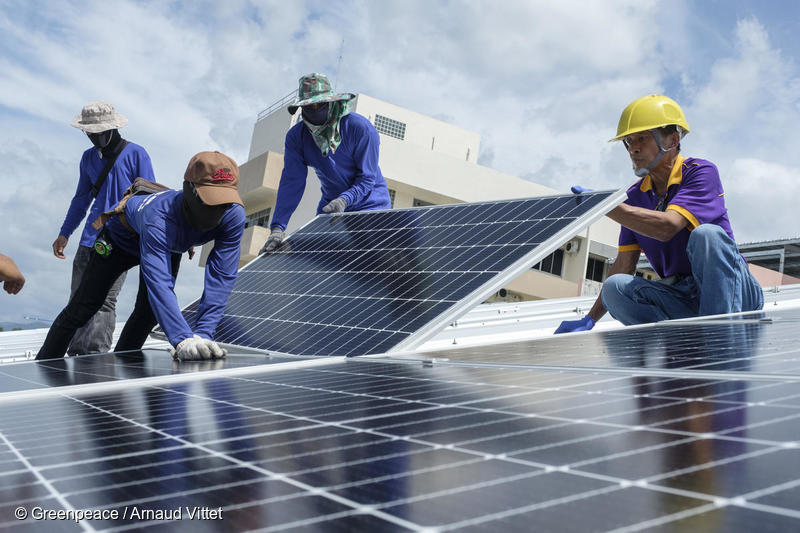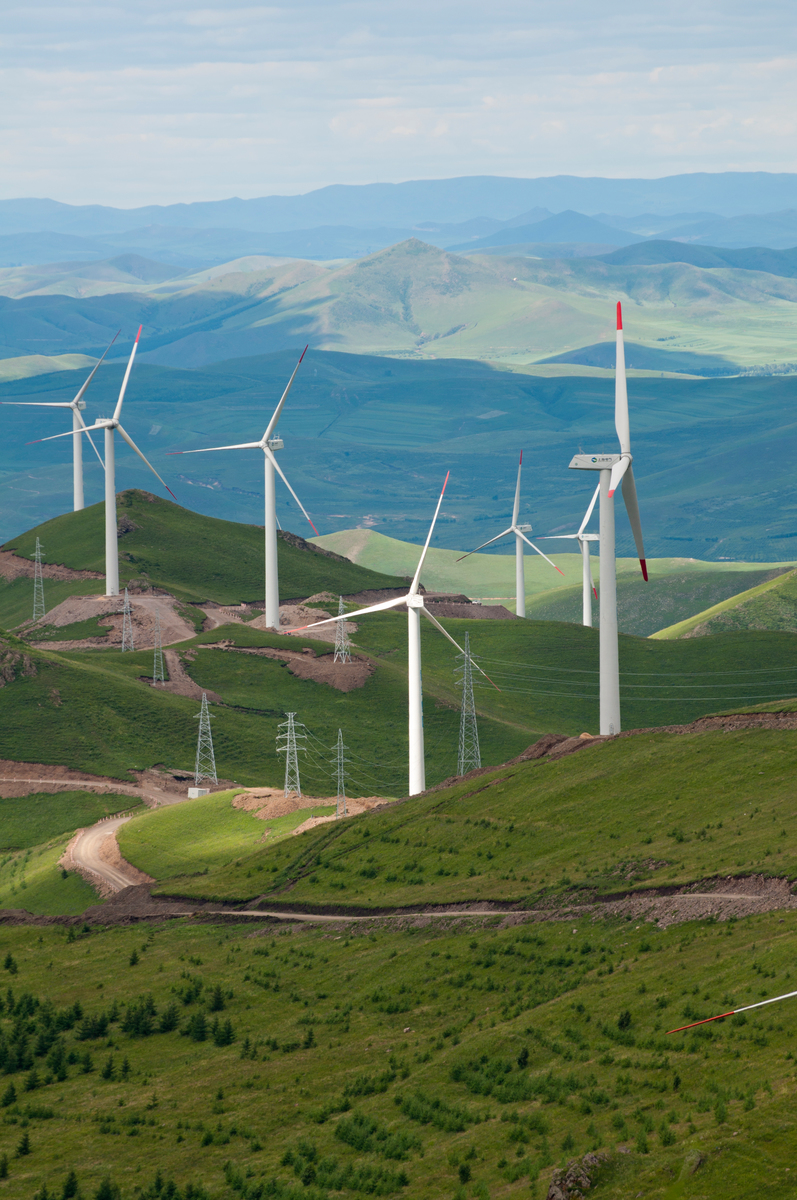All articles
-
Let’s talk about climate change: Teen climate activist Lance Lau’s green daily
11-year-old Hong Kong teenager Lance Lau cares about the impact of climate crisis and has been proactive in taking action to raise public awareness. Greenpeace has interviewed Lance last month…
-
Let’s talk about climate change: 11-year-old Lance Lau commits to Climate Action!
On the first Friday since primary school reopened after 4 months of COVID-19 closure, a Hong Kong teenager Lance Lau was back in his weekly climate action at school in…
-
Climate change alert: will your home be safe by mid of the century?
An interactive map displays how extreme storm surges cause threats to Hong Kong.
-
How Greenpeace is campaigning in Asia for the climate
n the face of global challenges in 2020, we need to work more closely together to expose the roots of the problems and hidden truths while confronting climate emergencies. Read…
-
Vanishing Winter: Hong Kong and the world must act on Climate in the World Economic Forum
Nature is sending us warnings through our climate. From the devastating Australia forest fires to the recent severe floods in and around Jakarta, extreme weather and its impact hit the…
-
Greenpeace releases first-ever clean energy scorecard for China’s tech industry
BEIJING, 9 January 2020: Greenpeace East Asia and the North China Electric Power University have released their first-ever renewable energy ranking of China’s tech giants.
-
7 Questions about COP25
The 25th United Nation Climate Change Conference (COP25) was held from 2-13 December 2019 in Madrid, Spain. With so many and increasing conferences about climate change every year, what impacts would and could this biggest meeting in global scale make to ease climate emergency and how do we in Hong Kong connect to it? You…
-
Electricity consumption from China’s internet industry to increase by two thirds by 2023: Greenpeace
BEIJING, 9 September 2019 - China’s internet data center industry emitted an estimated 99 million tonnes of CO2 in 2018, new research from Greenpeace East Asia and the North China Electric Power University shows. Researchers found that increasing the sector’s renewable energy intake by 7% over the next five years would reduce carbon emissions by…
-
Greenpeace survey reveals impact of climate change on glaciers in China
Beijing, 20 November, 2018 -- The rate of glacier melt at key sites in western China has increased dramatically in recent decades, new research from Greenpeace East Asia shows. Satellite data shows rapid glacier retreat at locations in Qinghai, Gansu and Xinjiang, and reveals how glacier melt caused two major disasters in western China over…
-
Why in a post-IPCC world we need more from our energy wins
The Taiwanese government’s decision to abandon plans for a new coal-fired power plant should have been a win for civil society. But it only underscored the need to keep fighting for a clean energy revolution, writes Cony Chang, Energy Campaigner at Greenpeace East Asia.










